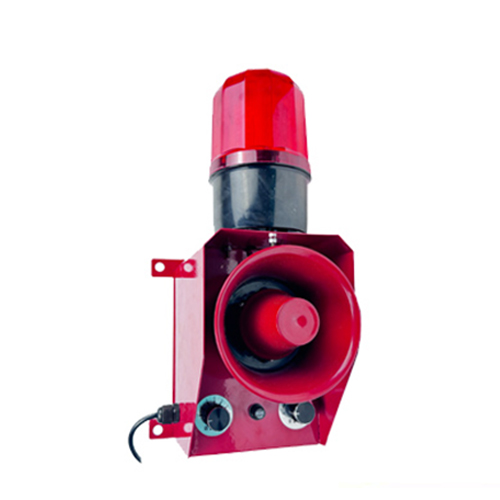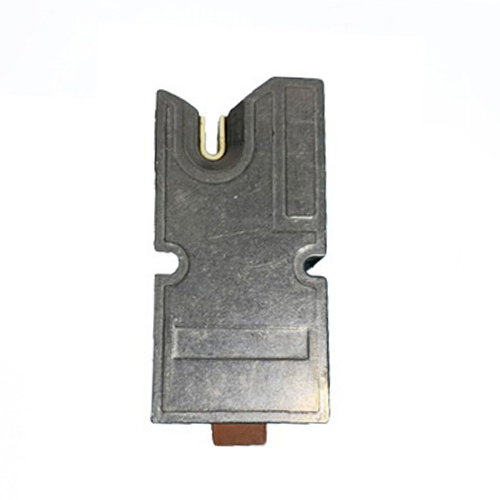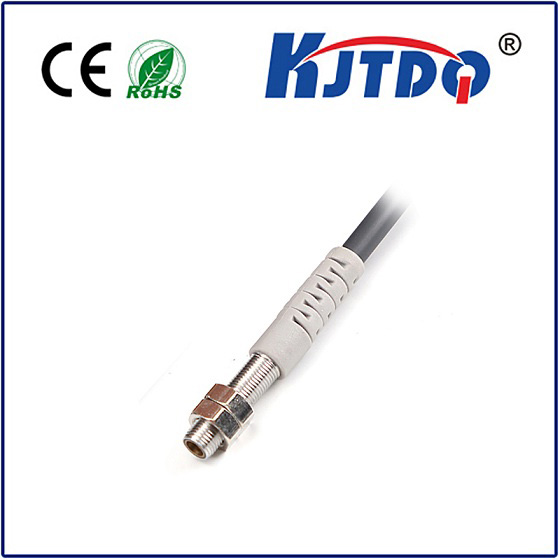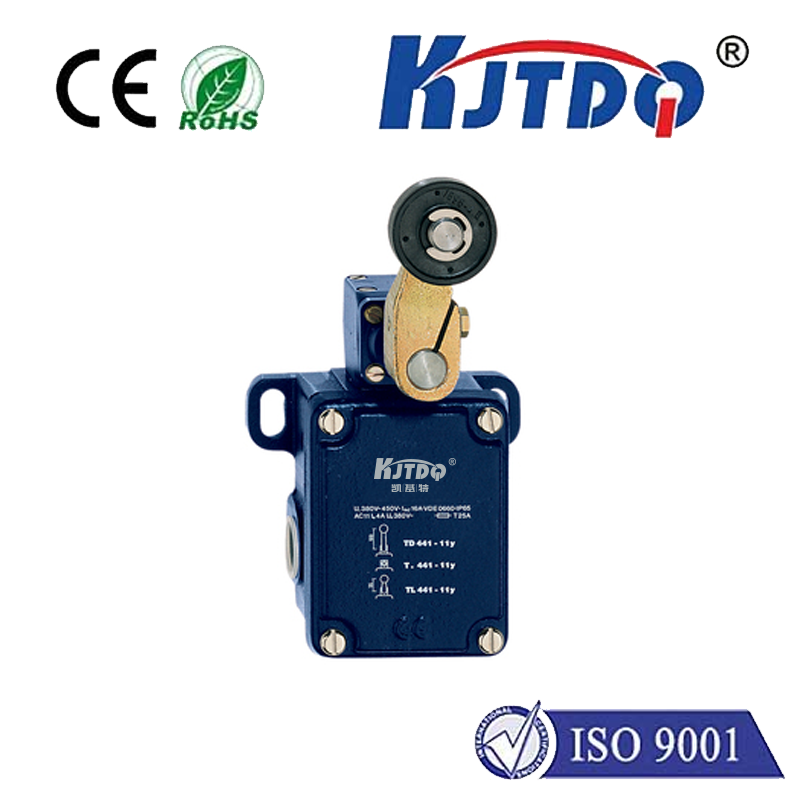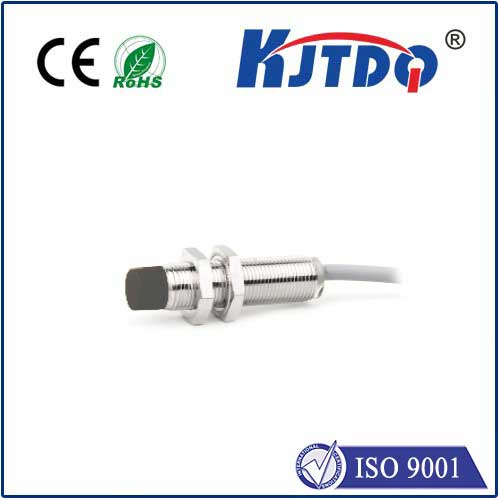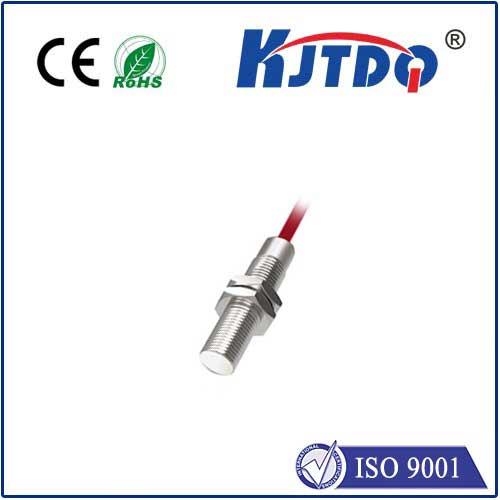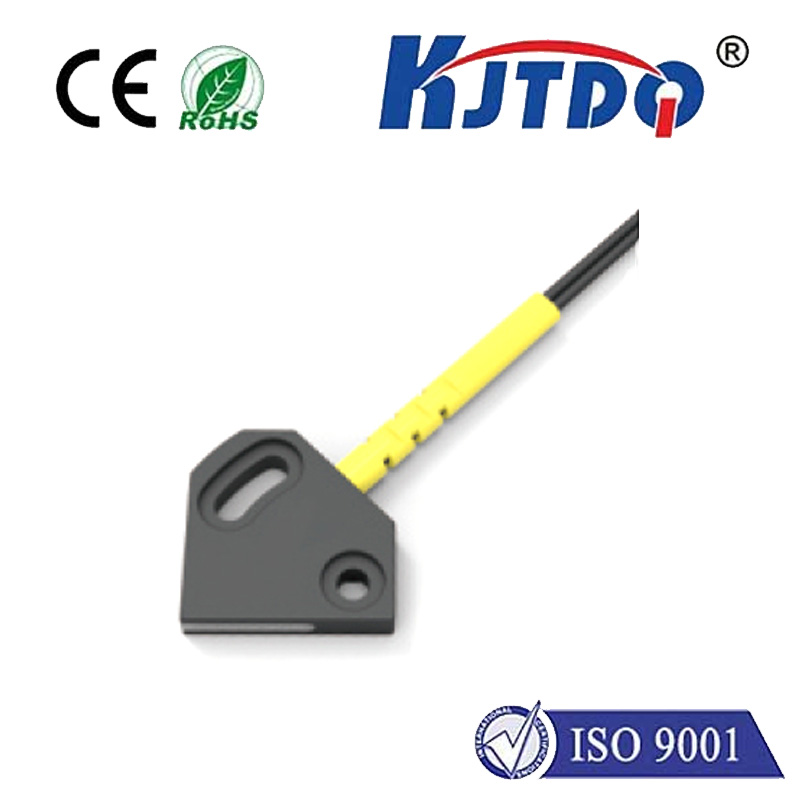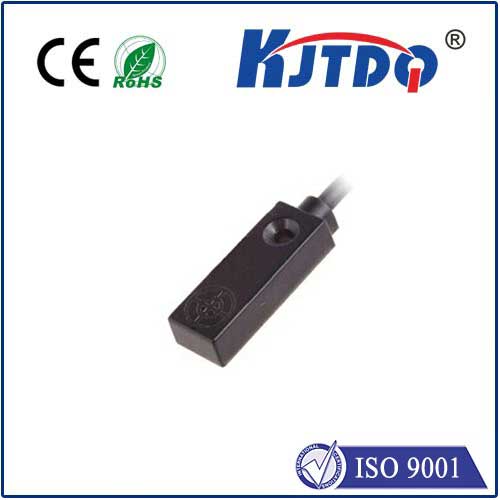

check

check

check

check

check

check

check

check

check

check
Imagine a robotic arm precisely grasping components on a high-speed assembly line. Or think of packaging machinery flawlessly detecting cartons, ensuring perfect sealing every time. Behind these seemingly effortless operations lies a critical, often unseen hero: the PNP proximity sensor. This specific type of sensor, defined by its unique output configuration, forms the backbone of countless reliable detection tasks in modern automation. But what makes the PNP proximity sensor so ubiquitous and essential?
Understanding the “PNP” designation is key. It refers to the transistor type used in its output stage – specifically, a P-type layer, an N-type layer, and another P-type layer. Don’t worry, the practical implication is far more straightforward than the semiconductor physics! This configuration creates a “sourcing” output. When the sensor detects a target within its sensing range, its output terminal internally connects to the positive supply voltage (+V). This effectively sources current out to the load (like a PLC input module). Think of it like a pump actively supplying water (current) when active. The load is connected between the sensor’s output wire and the negative supply terminal (0V/GND).

Why choose PNP over other types like NPN? The answer often boils down to noise immunity and compatibility. Industrial environments are notoriously noisy, filled with electrical interference from motors, drives, and switching equipment. PNP sensors excel here. Because their active state is a positive voltage signal relative to ground, common electrical noise tends to manifest as lower voltage disturbances. This makes the PNP’s “high” signal more robust and less likely to be misinterpreted as a false trigger compared to the NPN’s active-low configuration. Furthermore, many industrial controllers, especially PLCs common in Europe and globally, are designed with “sinking” input modules. These are inherently compatible with the current-sourcing nature of PNP sensors, making them a natural, plug-and-play choice. This standardized compatibility significantly simplifies wiring, commissioning, and maintenance processes.
The applications for PNP proximity sensors are virtually endless in industrial settings:
Choosing the right sensor often involves weighing PNP vs. NPN. Beyond noise immunity and PLC compatibility, PNP sensors offer a crucial safety advantage in many control schemes. Since the active signal is a “high” (+V), an unintended wire break on the output line typically results in a loss of signal (reads as “no target detected”). This is often a safer failure mode than an NPN’s wire break potentially causing a false “target present” signal, depending on the system logic. While NPN sensors (“sinking” output) are common in some regions (like Japan) or specific control architectures, the inherent noise robustness and controller compatibility make PNP the dominant force in global heavy industry.
Selecting the ideal PNP proximity sensor goes beyond the output type. Consider these critical factors:
From the hum of automotive assembly lines to the precision of pharmaceutical packaging, PNP proximity sensors deliver the unwavering reliability that modern automation demands. Their sourcing output configuration provides a powerful combination of enhanced noise immunity and seamless controller integration. By actively supplying a robust “high” signal when detecting targets, PNP sensors form a crucial link between the physical world and digital control systems. Their widespread adoption is a testament to the critical role they play in driving efficiency, safety, and productivity across countless industries. When your application requires robust, reliable, and interference-resistant sensing within demanding industrial environments, the PNP proximity sensor consistently proves to be an indispensable solution.
